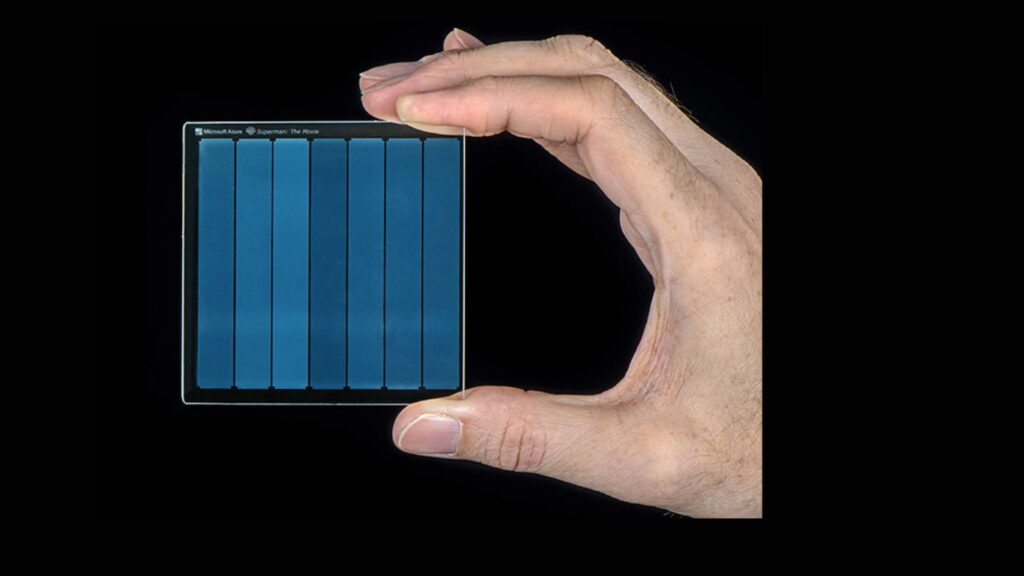
The R&D department at Microsoft is developing a cutting-edge glass data storage system. If this project is effective, data might be stored for millennia without deterioration.
In response to the moniker Project Silica, Microsoft announced the programmed in 2019 with the goal of storing data on quartz glass plates.
It is commonly recognized that conventional hard drives’ magnetic media have a finite lifespan and must be replaced to maintain long-term storage. For several years, the organization has been developing an inventive approach to get around this restriction and provide a more eco-friendly storage option.
The data is stored in the glass by the Microsoft researchers using voxels, which are three-dimensional pixels. According to Microsoft, Project Silica’s “saucer-sized glass plates will store data for thousands of years and create sustainable storage for the world,” in contrast to traditional storage techniques like magnetic spinning discs.
Data on this medium is shielded from heat, magnetism, water, and scratches.
The idea of putting data on glass, according to Microsoft, originated in the 1800s. Individual negatives from photographs were kept on glass plates back then. But according to Microsoft, a tiny glass disc might hold several terabytes of data today: 1.75 million songs, or almost 13 years’ worth of music, could fit on one of these discs. Writing data onto glass and keeping it there until needed is the aim of the Silica project. The data within the glass is unchangeable once inscribed.
Read Also: How to Start Detergent Powder / Washing Powder Manufacturing Business in 2023
Data is stored in glass using a four-step procedure, according to Microsoft:
printing data on glass using an ultrafast femtosecond laser, reading the data through a computer-controlled microscope, decoding the data, and then storing the data in a library. None of the storage units in the library have electricity, making it a passive library. The robots in the lab are difficult because they are sensors that sense when data is needed and charge while they are idle. After scaling the shelves to retrieve the glass, they swiftly return to the reader.

Microsoft goes on:
“After years of improvement, the team is now able to store multiple TB in a single glass plate that may endure 10,000 years. Initially, the laser writing technique was inefficient. It should be noted that each plate has the capacity to hold about 3,500 films. There are enough nonstop films to watch without becoming bored for more than six months.
Microsoft states that glass storage is still in its early phases and that three to four more stages of research are needed before it can be used commercially. However, its benefits are clear: it is affordable, long-lasting, and sustainable. When the data is first implanted in these robust glass plates, the major expenses are incurred; however, after the data is saved, the costs of continuous maintenance are negligible.



2 thoughts on “Microsoft Develops New Technology Discovery! Microsoft creates incredibly resilient glass plates that have a 10,000-year data storage lifespan of many terabytes(TB).”